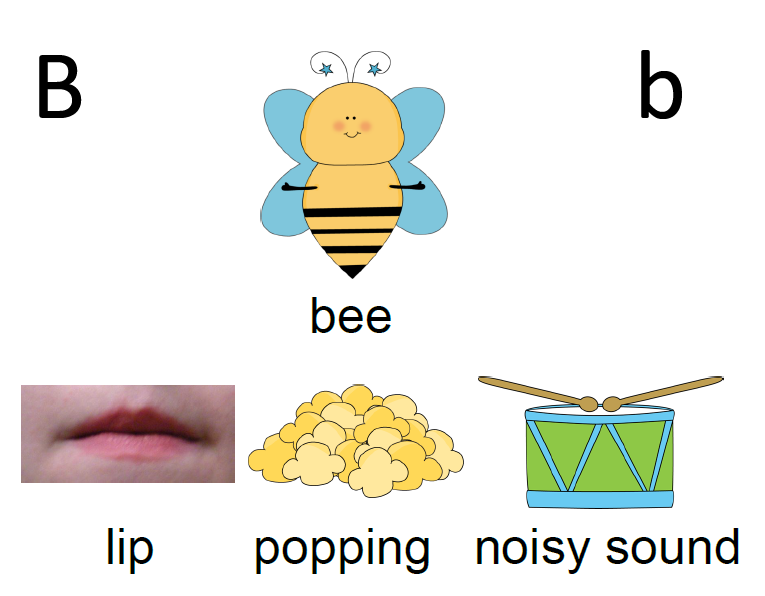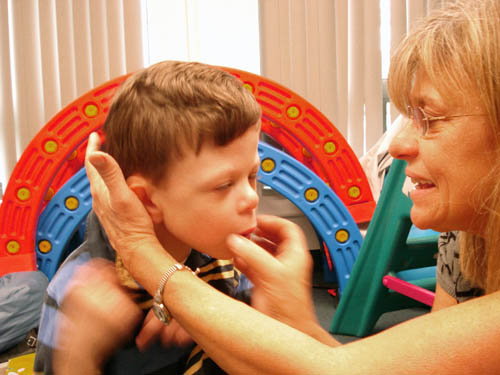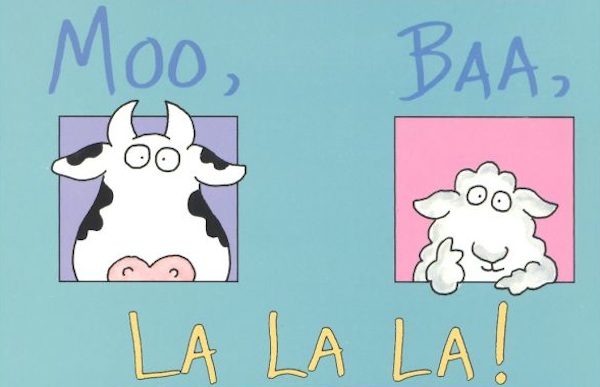Best Practices in Teaching Bilabial Speech Sounds
Baby babbling is usually the classic example of bilabial sounds, like “bababa” and “mamama.” Bilabial speech sounds are those that are made by using both lips, pressed together for sounds like /p/, /b/, and /m/. These sounds are usually mastered by age three but can be lingering challenges with children affected by speech sound disorders. They can be challenging to tackle so here are some suggested best practices for speech therapy.
Progressing from Syllables to Words
When teaching sounds its important to start at the syllable level before expecting children to produce entire words or sentences with the correct sound. You have to walk before you can run, right? Try to see if the child can imitate your model of the speech sound, if not, they will need some extra help to get going and figure out correct placement and sound production.
Tactile or Touch Cues
Tactile or touch cues can be used to teach bilabial speech sounds but giving the child some physical feedback/input around their mouth. While the exact touch cue might vary depending on which resource you use, some generally agreed upon bilabial cues include:
P: Place your index finger in a vertical position in front of both (closed) lips. When you make the /p/ sound, bring the finger forward quickly as if to emphasize that it’s being blown away by the airflow from the “p” sound. You could also just place your finger and tap.
B: Place one or more fingers against the same closed lips but this time, do not move it away quickly when you make the sound. The “b” sound does not have the same air escape as the “p.” Remind the child to put “lips together.” You could also just place your finger and tap.
M: Place one finger in a horizontal orientation under your bottom lip or slide it across your lips.
A cue is a great way to remind the child of what they need to do and what position you expect their lips to be in. Try slowing down, pausing and showing a visual cue before immediately saying the sound yourself- allowing the child a bit of processing time too. Talk aloud by saying (e.g., “oh that’s an /m/ sound we have to put our lips together and hum”). Exaggerate the sounds while modeling. You might want to hold the /m/ sound out a bit longer and encourage the child to join in so you are saying it simultaneously.
Books
Books are a great way to model and practice speech sounds in context. There are a variety of books that highlight the /b/, /p/ and /m/ sounds. While reading, make sure to pause and model the target sound (a little bit of overemphasis here goes a long way) for the child. If the rhyme of the book if familiar or there is a repeated line, pause, model the correct placement and encourage the child to attempt the key word with their good /b/, /p/ or /m/ sound (e.g., the ___ (mmmmommy) on the bus goes shh shh shh). This also works for sing-alongs where the child can easily predict and anticipate the upcoming sound.





